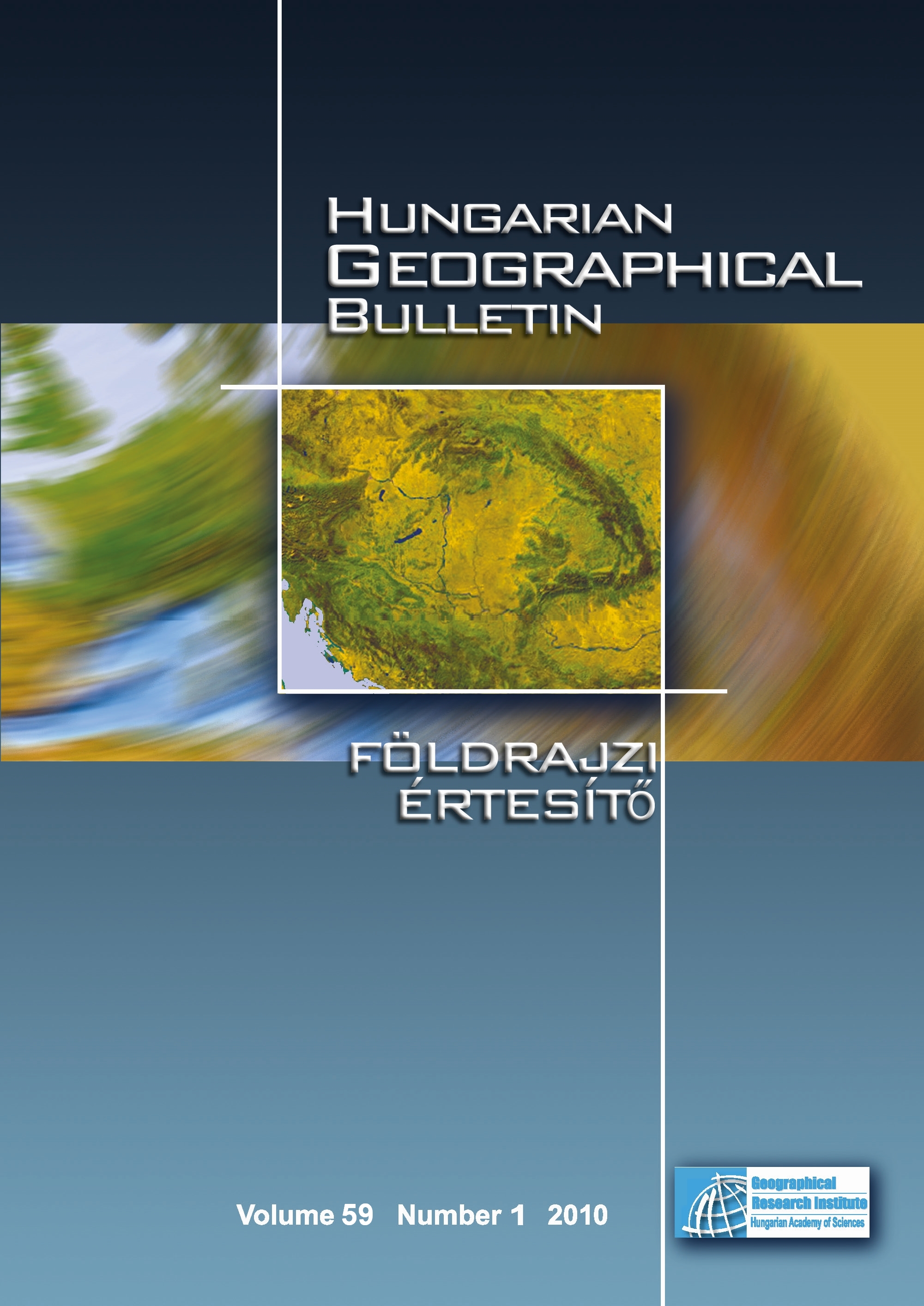Ethnic features of symbolic appropriation of public space in changing geopolitical frames - the case of Oradea/Nagyvárad
Abstract
If a person, a group or a society takes possession of a place, a territory, after naming it makes an effort to indicate its boundaries and to mark it with peculiar features typical of that person or group. But what happens, if another – in our case: ethnic – group lives there in mass, forming an organized minority as the former ‘ruling nation’? This place may become the scene of power struggle. Culturally diverse Oradea (Nagyvárad in Hungarian) as every city in North Transylvania went through several power changes in the 20th century, which have affected its demographic features (e.g. ethnic structure) as well as the image of the city. Every power (local or national) tried to prove the right to ownership by the control of ethnic composition and of the image of public space. Street names, statues/monuments, specially chosen colours and different types of buildings have always referred to the characteristics of the actual power. In this paper an attempt is made to present these changes in power, their effect on the (ethnic) image of Oradea, the city lying at the Hungarian-Romanian state border and ethnic boundary. It is aimed to present the endowment of spatial features of changing street names, monuments and buildings with symbolic meanings.
Copyright (c) 2010 Ágnes Erőss, Patrik Tátrai

This work is licensed under a Creative Commons Attribution-NonCommercial-NoDerivatives 4.0 International License.






